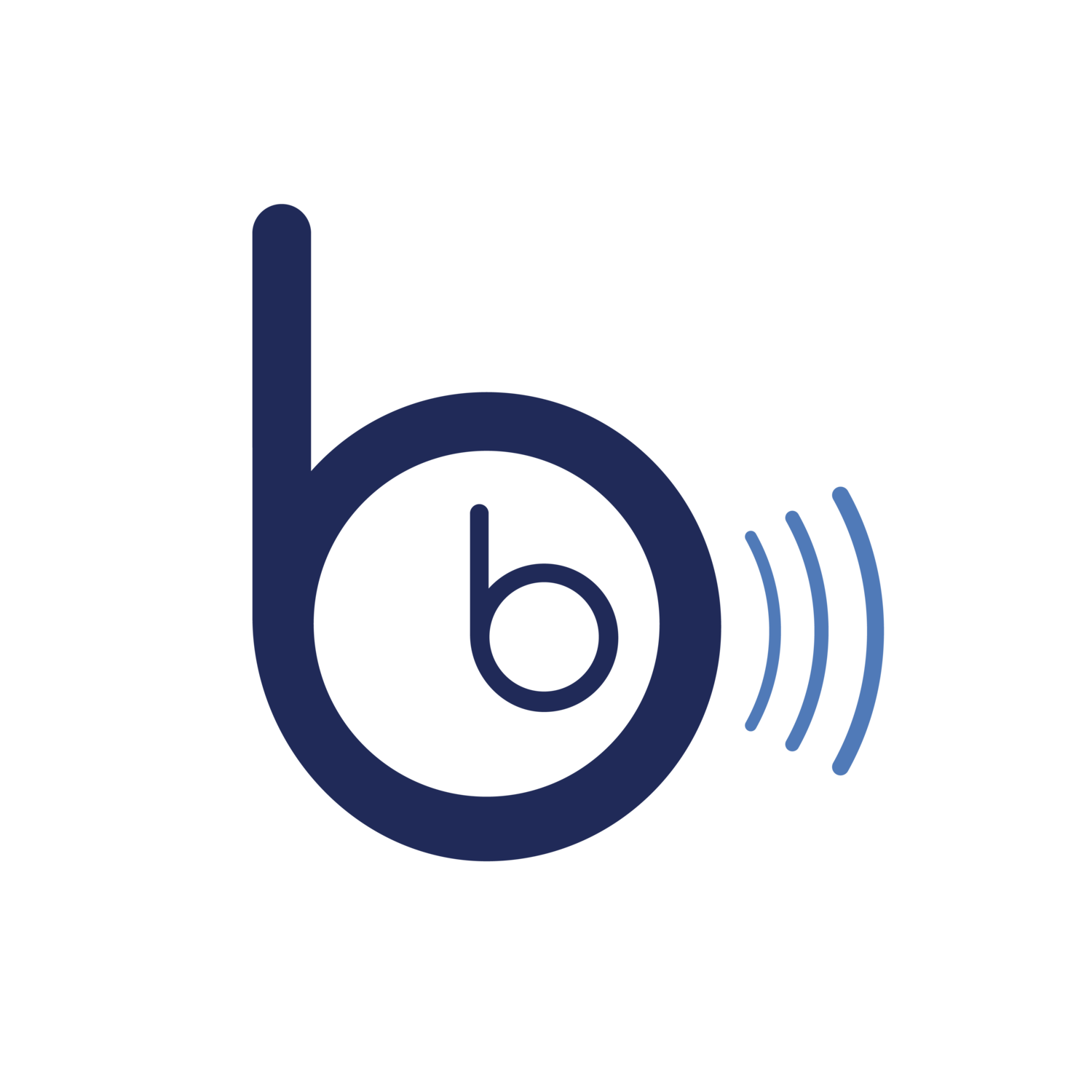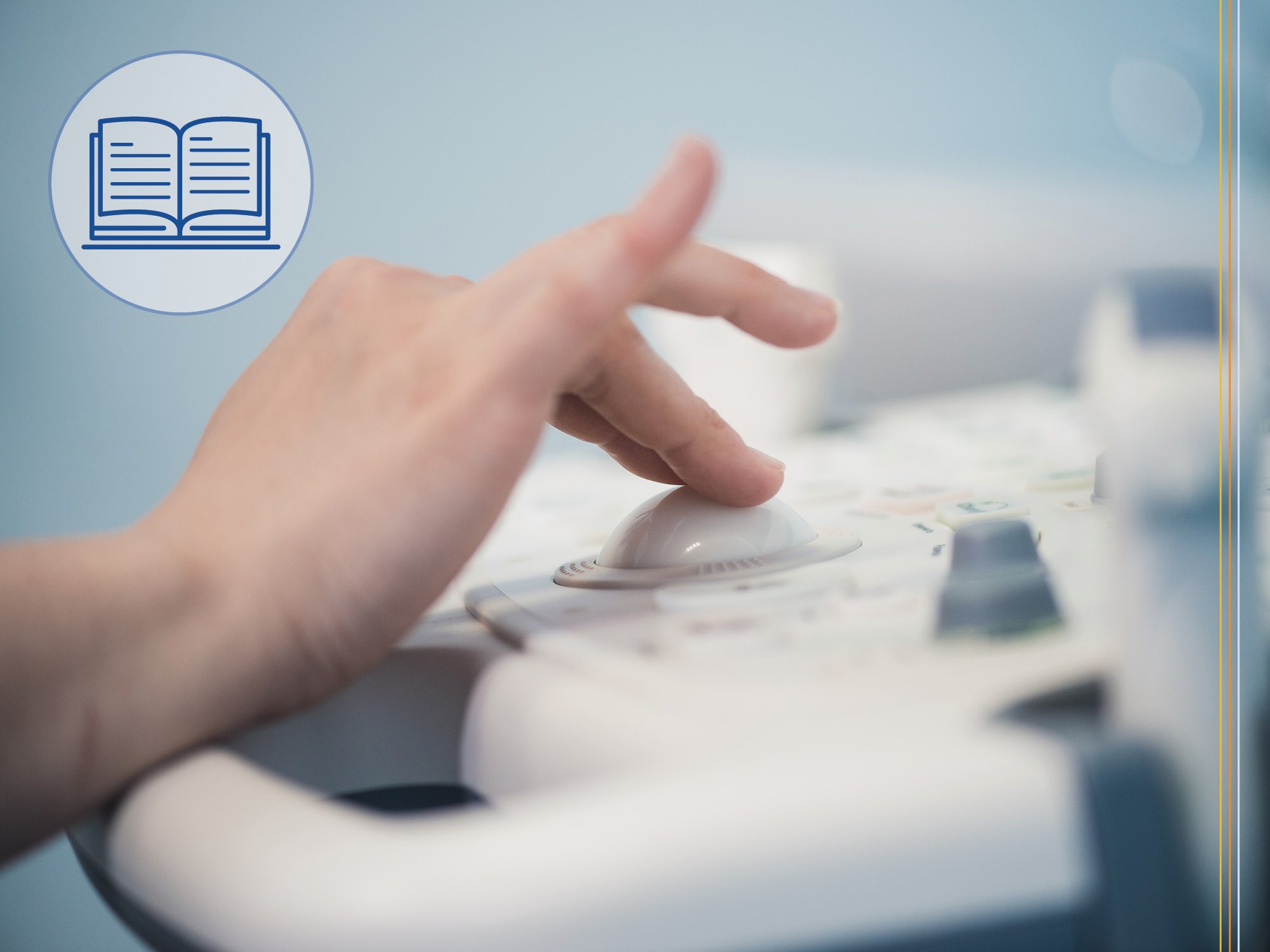The Innovative History of Ultrasound
Happy Ultrasound Awareness Month! This month is dedicated to recognizing and appreciating ultrasound technology and the sonographers who wield it. In honor of the occasion, we’ve pulled together a timeline of the history of this increasingly vital imaging modality and explored the depths of innovation in this exciting field.
Feel free to share this timeline to spread awareness of the industry and showcase your place in its storied history.
1700s
Yes, ultrasound is more than 300 years old! In the late 1700s we discovered bats rely on their ears rather than their eyes for navigation. This was an early acknowledgement of echolocation: the location of objects by reflected sound. Similar to bats, ultrasound technology uses sound waves to generate images from the deflected echoes of inaudible, high-frequency sound waves.
1800s
In the late 1800s, the Curie brothers discovered the capacity of crystals to both generate and receive pressure waves in the range of megahertz frequencies, which paved the way for modern-day transducer technology.
Early 1900s
Following the sinking of the Titanic, a Canadian electrical engineer named Reginald Fessenden created an ultrasound-based collision avoidance system as well as sonar-based submarine navigation.
1940s
Ultrasound transitioned to medical applications during WWII. Dr. Karl Theodore Dussik published the first work on medical ultrasonics in Austria in 1942 after using ultrasound to investigate the brain. This experiment was one of the earliest attempts to depict an organ in vivo (Latin for “within the living”).
Dussik used a process known as through-transmission ultrasound, in which a probe on one side of the patient transmits an ultrasonic pulse to a receptor probe on the other side. Due to its limitations, the through-transmission technique would soon be replaced.
Early 1950s
Researchers across the USA, Japan, and Europe developed pulse-echo ultrasound technology. In pulse-echo ultrasound, a transducer both produces the transmitted sound wave and receives its reflected echo. The pulse-echo method is used in multiple ultrasound imaging modes, including:
A-mode: A-mode ultrasound imaging is the simplest type of ultrasound and returns echoes in a one-dimensional, graphical format. Usually, it was conducted by placing transducers on both sides of a patient who was partially submerged in water. This method is complex and can't determine direction or the shape of an object, which has made it nearly obsolete today.
B-mode: B-mode ultrasound imaging returns greyscale two-dimensional images. This method added directionality to A-mode data. As it improved, the ability to create multiple B-mode images in rapid succession allowed for real-time imaging and the recording of cine clips.
M-mode: M-mode ultrasound imaging displays one-dimensional images over time and is commonly used in cardiac and fetal cardiac imaging to evaluate heart motion.
1955
A doctor used industrial ultrasound technology at a boiler fabrication plant “...to test whether it could differentiate between tissue samples (including an ovarian cyst and a juicy steak).” Spoiler alert: It could. Furthermore, he discovered that when ultrasound was applied to a pregnant person's abdomen, the technology produced “...a dark oval with crackling shadows.” This imaging offered a window into the uterus, with white lines indicating a placenta in formation, and captured a fetal heartbeat.
1958
A medical article titled “Investigation of Abdominal Masses by Pulsed Ultrasound” was published by Ian Donald, John MacVicar, and Tom Brown. For the first time, ultrasound echo was used for the dating of a pregnancy, which was achieved by comparing current fetal size with fetal growth trajectory charts.
Initially, ultrasound technology within the prenatal space was met with controversy and opposition, as many felt it prioritized scientific rationalization and machinery over centuries of maternal knowledge and intuition.
1963
Midwives and pregnant patients experienced the first obstetric ultrasounds performed by Donald and his colleagues in Glasgow hospitals between 1963 and 1968. The experience was positive, leading to the expression of wonder and delight by expectant parents.
Donald, MacVicar, and Brown produced the “Diasonograph,” the world’s first commercial ultrasound scanner.
1970s
The development of the microchip led to even more technological advances in imaging capabilities. Meanwhile, the price of machines began to drop, which brought ultrasound imaging to the masses.
Doppler imaging became mainstream with the development of color Doppler imaging, spectral Doppler imaging, and continuous-wave Doppler imaging. These methods showcase the movement of blood within blood vessels.
1980s
Kazunori Baba at the University of Tokyo developed 3-D scanning, and patients began to bring their partners and family members to ultrasound appointments, viewing them as exciting life events. To this day, patients receive ultrasound images following their appointments, which is said to contribute to maternal-fetal bonding.
1990s
Power Doppler imaging is added to the mix, which allows for even more detailed studies.
Today—The Future
As you can see, ultrasound has come a long way since the 1700s, and it’s a field that continues to experience innovation. We believe telesonography® is the next big step in the ultrasound timeline—and that it’s happening right now! See how this newest development will impact key demographics by clicking the links below:
And finally, thank you to everyone who participates in this incredible field of medical care. Happy MUAM!
Full timeline can be downloaded here.
Sources:
1. https://www.bmus.org/for-patients/history-of-ultrasound/
2. https://pubs.rsna.org/doi/full/10.1148/rg.2015140300
3. https://www.ultrasoundschoolsinfo.com/history/
4. https://www.ncbi.nlm.nih.gov/pmc/articles/PMC3987368/
5. https://www.smithsonianmag.com/innovation/a-brief-history-of-the-sonogram-180978732/


